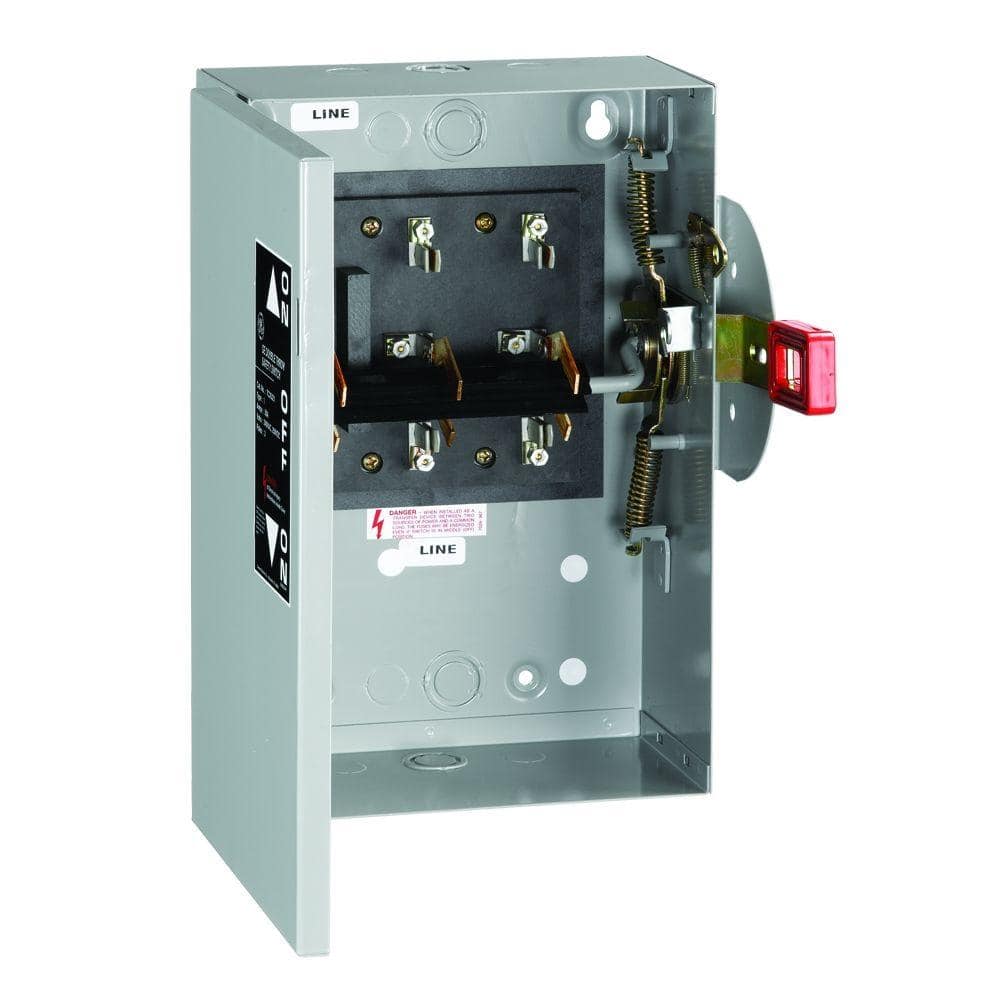Actually, the startup transient isn't a problem for circuit breakers. They are designed to deal with short-term overloads gracefully. I don't recall the specifics, but there are at least tens of seconds of 135-150% overload before the breakers will trip.
https://download.schneider-electric...File_Name=0730CT9801.pdf&p_Doc_Ref=0730CT9801 shows on page 19 that a typical QO breaker will not trip for at least 10 seconds while carrying DOUBLE its rated current.
Your fridge is using on the order of 1.5 amps during normal operation. If its like mine, every day or two it'll do a defrost cycle that will take much more.
Yes, your AC or maybe ACfan will have electric resistance heaters in it. Make sure if the electrician is testing draw that he also tries the heat mode, which is likely to take more power than cooling mode.



